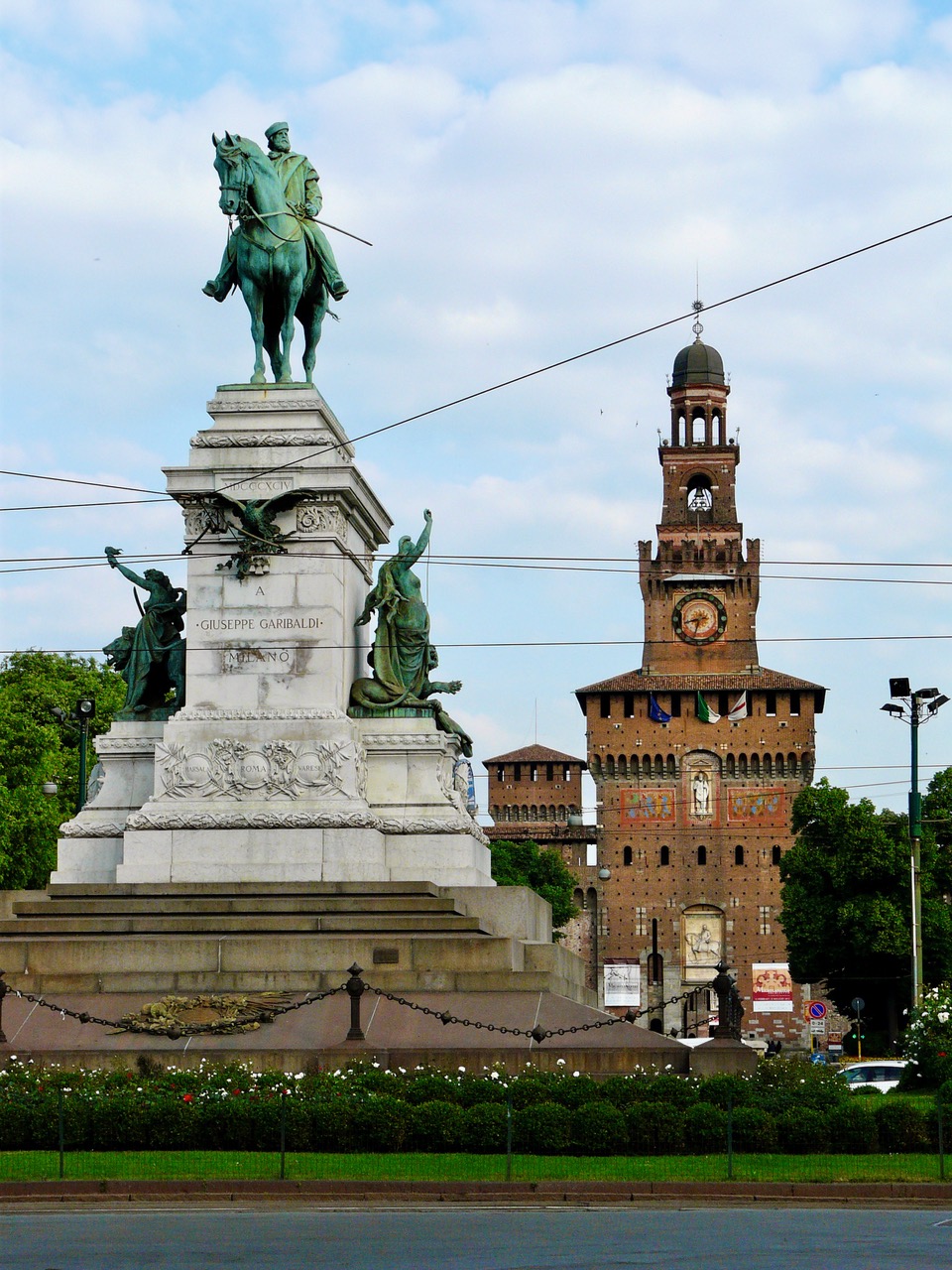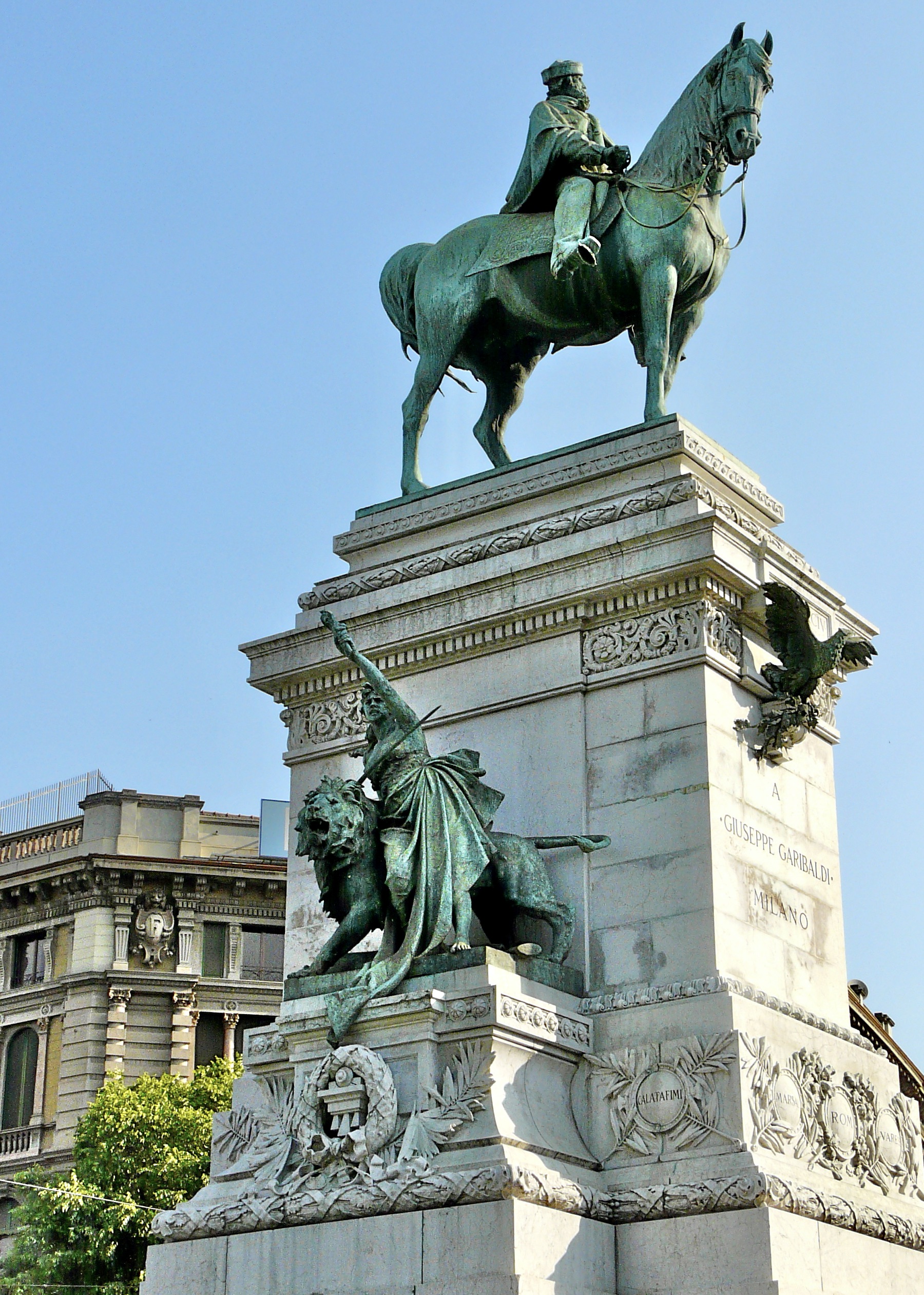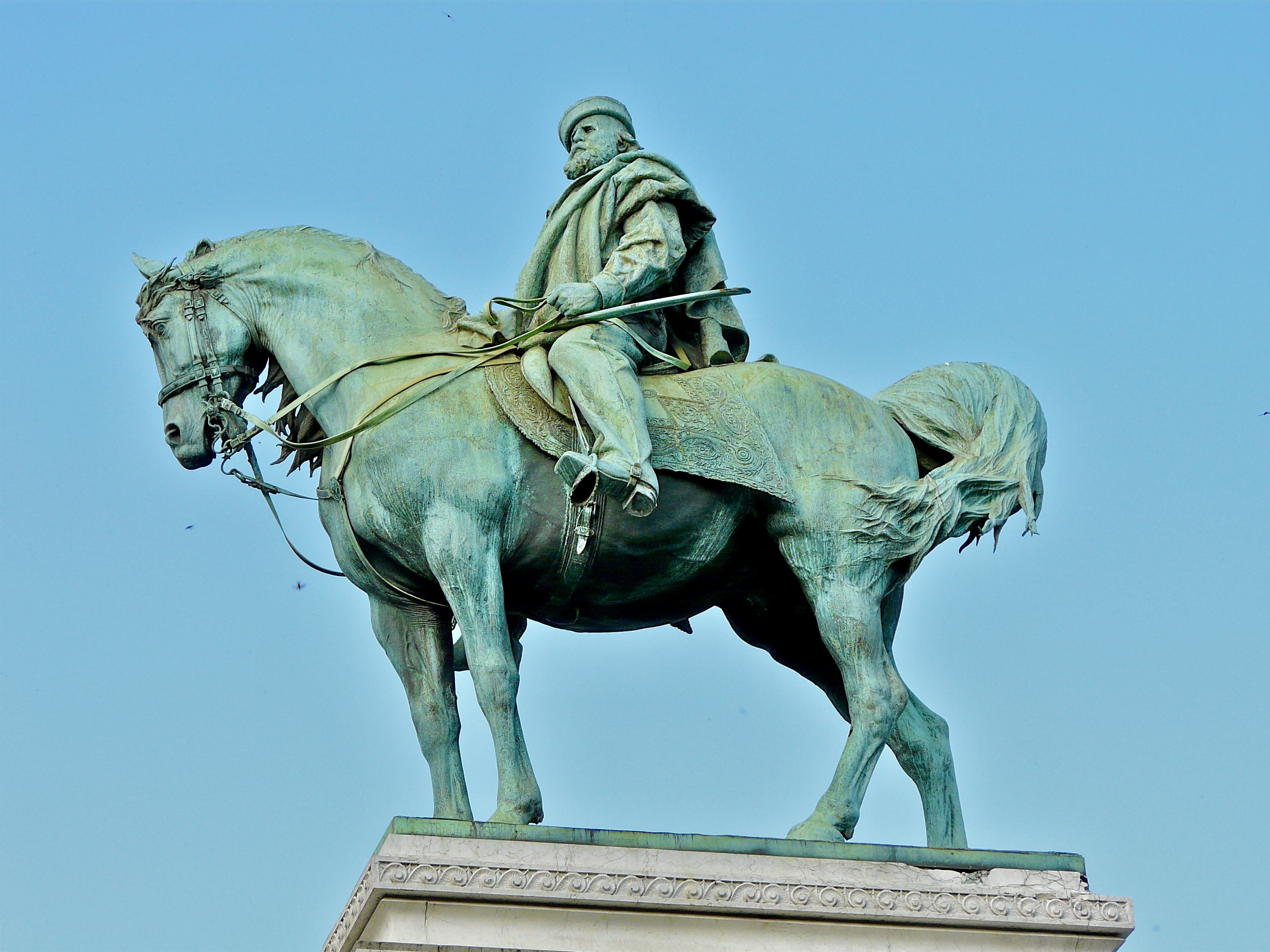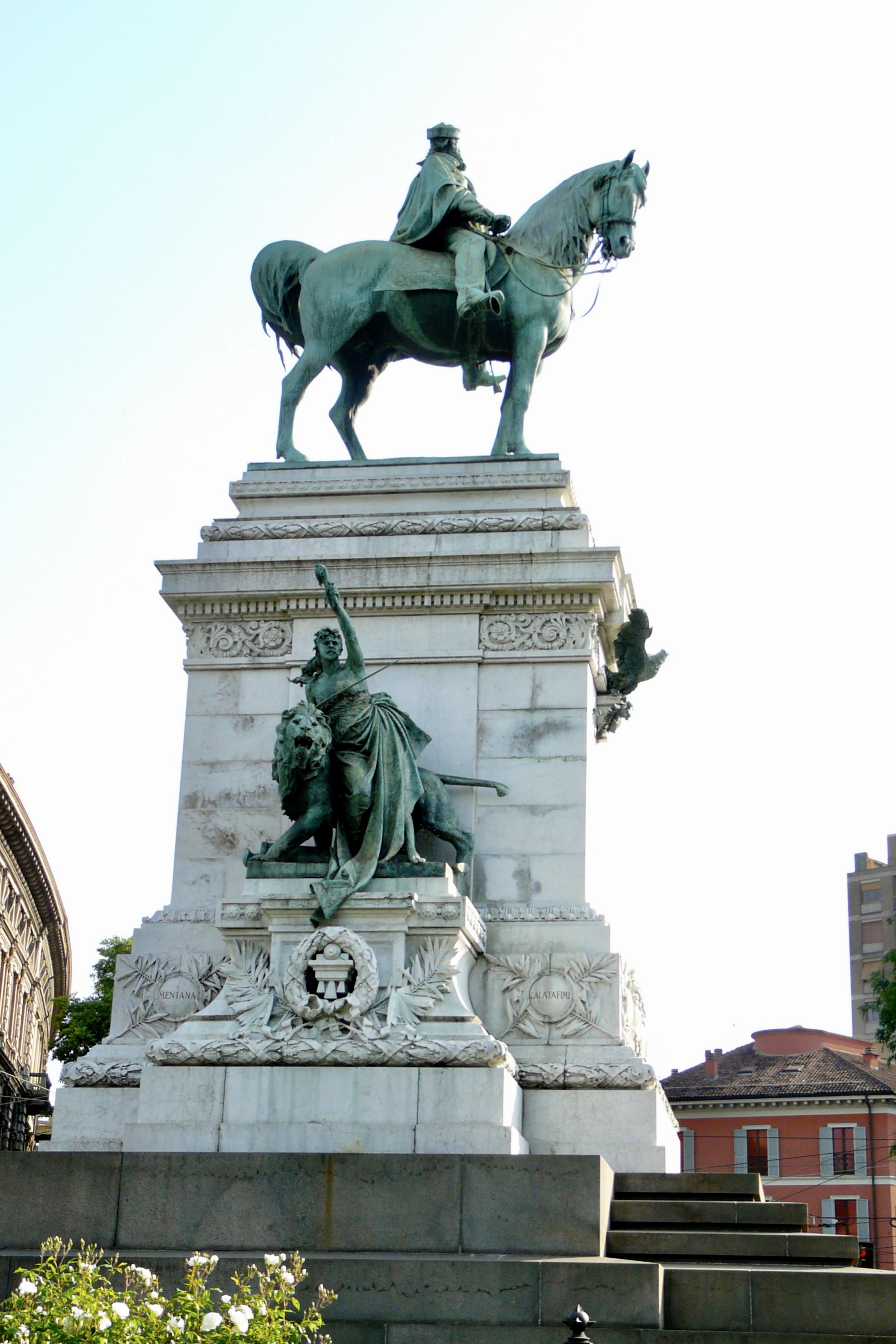- CountryItaly
- Town:Milan
-
Year of creation:1895
- Rider(s):Garibaldi, Giuseppe
(1807–1882) joined the patriot revolutionaries in his twenties. After a failed insurrection, he fled to South America, where he took part in some civil wars and where he met and married his wife, Anita. Garibaldi returned to Italy in 1848. After the crushing Piedmontese defeat at Novara in the unsuccessful First Italian War of Independence, Garibaldi moved to Rome to support the Republic, proclaimed shortly before in the Papal States. A numerically far superior French army defeated his army in 1849. Garibaldi withdrew from Rome with 4,000 troops. After an epic march, during which his wife Anita died, Garibaldi took refuge in San Marino, with only 250 men still following him.
In 1859, the Second Italian War of Independence broke out. Garibaldi conquered Sicily, crossed the Strait of Messina and marched north. His progress was met more with celebration than with resistance, and in September 1860 he entered Naples by train. However, despite taking Naples, Garibaldi’s volunteer army was not able to conclusively defeat the reorganized Neapolitan army. The Piedmontese, technically his allies, were unwilling to risk war with France, whose army protected the Pope. This jeopardized Garibaldi’s plans to march onwards to Rome. Garibaldi chose in 1861 to hand over all his territorial gains in the south to the Piedmontese. Some consider the handover of his gains as a political defeat, but Garibaldi saw that the only possibility for Italian unity lay in bringing it under the Piedmontese crown. The meeting at Teano between Giuseppe Garibaldi and Vittorio Emanuele is one of the most important events in modern Italian history.
Garibaldi has been dubbed the ‘Hero of the Two Worlds’ in tribute to his military expeditions in both South America and Europe. - Sculptor(s):Ximenes, Ettore
(1855 – 1926) was an Italian painter and sculptor












